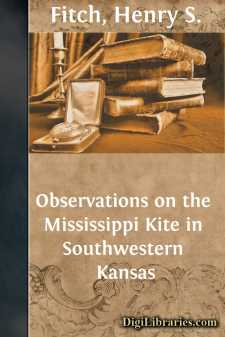Categories
- Antiques & Collectibles 13
- Architecture 36
- Art 48
- Bibles 22
- Biography & Autobiography 813
- Body, Mind & Spirit 142
- Business & Economics 28
- Children's Books 17
- Children's Fiction 14
- Computers 4
- Cooking 94
- Crafts & Hobbies 4
- Drama 346
- Education 46
- Family & Relationships 57
- Fiction 11829
- Games 19
- Gardening 17
- Health & Fitness 34
- History 1377
- House & Home 1
- Humor 147
- Juvenile Fiction 1873
- Juvenile Nonfiction 202
- Language Arts & Disciplines 88
- Law 16
- Literary Collections 686
- Literary Criticism 179
- Mathematics 13
- Medical 41
- Music 40
- Nature 179
- Non-Classifiable 1768
- Performing Arts 7
- Periodicals 1453
- Philosophy 64
- Photography 2
- Poetry 896
- Political Science 203
- Psychology 42
- Reference 154
- Religion 513
- Science 126
- Self-Help 84
- Social Science 81
- Sports & Recreation 34
- Study Aids 3
- Technology & Engineering 59
- Transportation 23
- Travel 463
- True Crime 29
Occurrence of the Garter Snake, Thamnophis sirtalis, in the Great Plains and Rocky Mountains
by: Henry S. Fitch
Description:
Excerpt
Introduction
The common garter snake (Thamnophis sirtalis) has by far the most extensive geographic range of any North American reptile, covering most of the continental United States from the Atlantic to the Pacific and from south of the Mexican boundary far north into Canada and southeastern Alaska. Of the several recognized subspecies, the eastern T. s. sirtalis has the most extensive range, but that of T. s. parietalis in the region between the Mississippi River and the Rocky Mountains is almost as large. The more western T. s. fitchi occurring from the Oregon and California coasts east through the northern Great Basin, has the third largest range, while the far western subspecies pickeringi, concinnus, infernalis and tetrataenia, and the Texan T. s. annectens all have relatively small ranges.
Since the publication of Ruthven's revision of the genus Thamnophis more than 50 years ago, little attention has been devoted to the study of this widespread and variable species, except in the Pacific Coast states (
, 1918; , 1941; , 1951). However, (1950) described the new subspeciesannectensin eastern Texas, and many local studies have helped to clarify the distribution of the species in the eastern part of the continent and to define the zone of intergradation between the subspeciessirtalisandparietalis. In our study attention has been focused uponparietalisin an attempt to determine its western limits and its relationships to the subspecies that replace it farther west.Thamnophis sirtalis parietalis Say was described (as Coluber parietalis) in 1823 from a specimen obtained in what is now Washington County, Nebraska, on the west side of the Missouri River three miles upstream from the mouth of Boyer's River [Iowa], or approximately eight miles north of Omaha. Although the type locality was unequivocally stated in the original description, Nebraska was not mentioned since the state was not yet in existence. Because the mouth of Boyer's River, the landmark by means of which the type locality is defined, is in Iowa, the impression has been imparted that the type locality itself is in Iowa (, 1953:175), and to our knowledge the type locality has never been associated with Nebraska in the literature.
Like all the more western subspecies, parietalis is strikingly different from typical sirtalis in having conspicuous red markings. The relationship between the two was early recognized. Several of the other subspecies were originally described as distinct species. Coluber infernalis Blainville, 1835; Tropidonotus concinnus Hallowell, 1852; Eutainia pickeringi ; and others now considered synonyms eventually came to be recognized as conspecific with Thamnophis sirtalis. (1908:166-173) allocated all western sirtalis to either parietalis or concinnus, the latter including the populations of the northwest coast in Oregon, Washington and British Columbia.
Subsequent more detailed studies by later workers with more abundant material led to the recognition of some subspecies that Ruthven thought invalid and led to the resurrection of some names that he had placed in synonomy....
















